Bright pink blooms against green foliage in a summer garden buzzing with mosquitos—that’s the citronella plant in a nutshell. Citronella plants are easy to care for, can thrive almost anywhere, and offer plenty of medicinal and culinary benefits. Plus, their fragrance is believed to repel
quitoes. But is that true? Find out in this guide and learn how to grow this interesting plant.
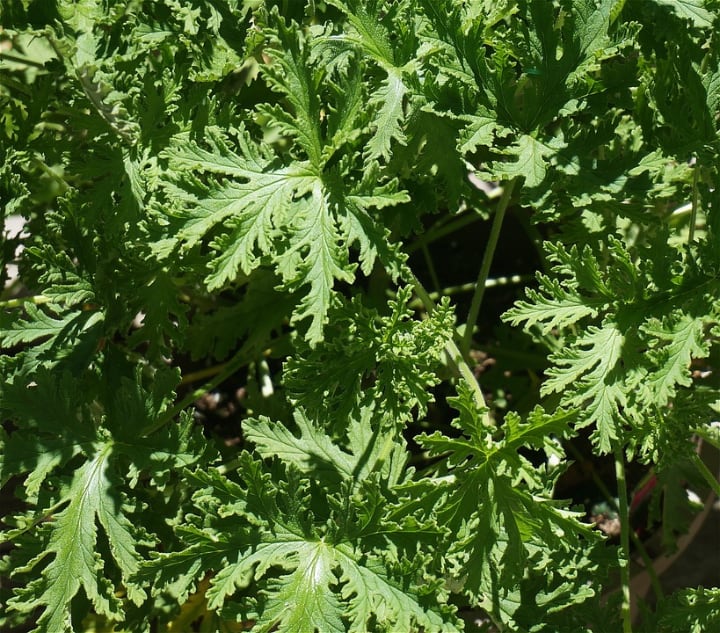
The citronella plant can be a welcome addition to your garden. One, it’s an easy-to-grow and drought-tolerant. Two, it emanates a refreshing, citrusy aroma. And three, it features vibrant blooms and lacy, green foliage.
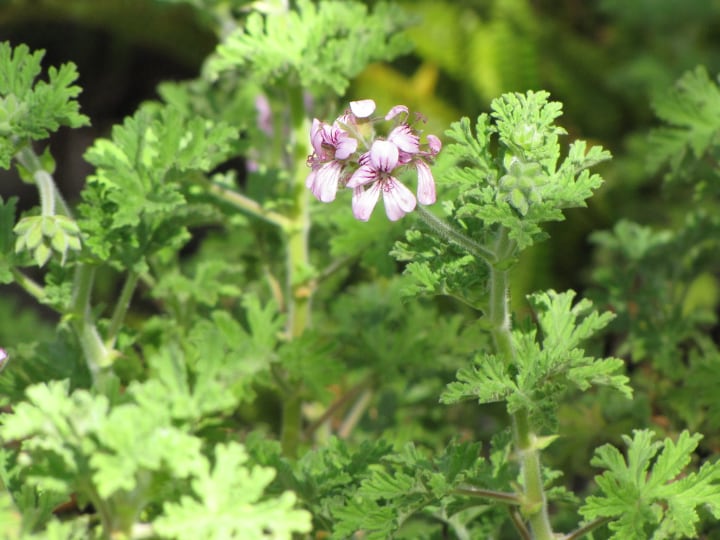
Grow it in your lawn, place it along walkways, or keep the potted plant indoors—it’s sure to delight you with its bright blossoms and rich fragrance.
What Is the Citronella Plant?
Citronella plants are scented geraniums. They give off a pleasant, citrusy fragrance when you brush against the leaves or rub them between your fingers. This fragrance naturally discourages mosquitoes, hence the nickname “mosquito plant”.
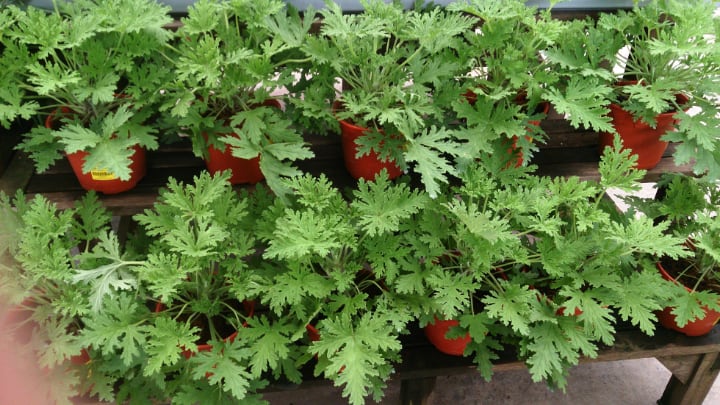
Citronella plants (s) are often confused with the citronella grass (Cymbopogon nardus).
Citronella grass grows in clumps and is the main source of the commercially extracted citronella oil. The citronella plant, on the other hand, contains only a small percentage of the citronella oil.
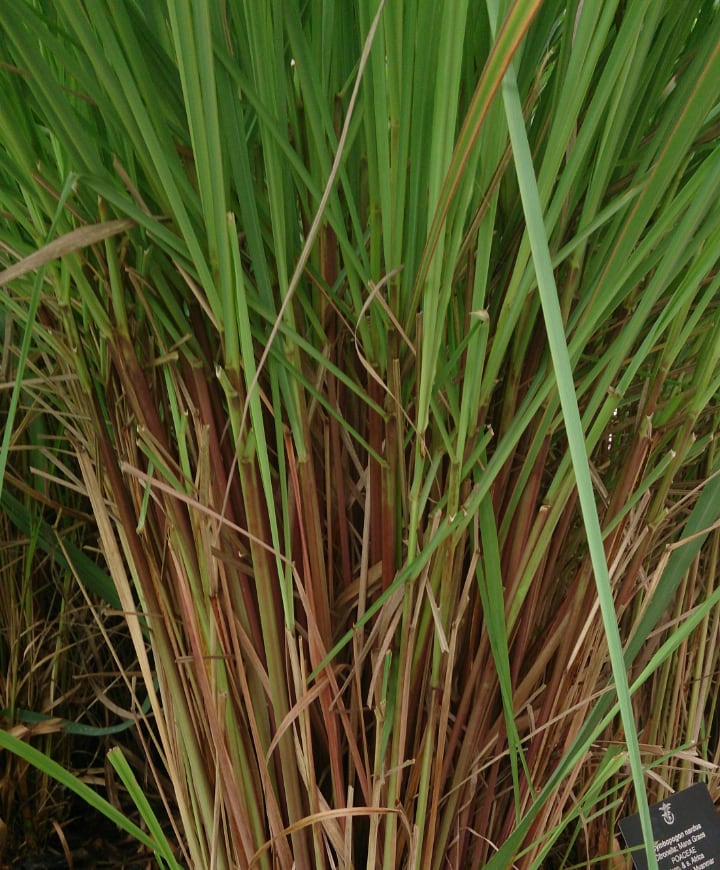
Also called the citrosa geranium, the plant has deeply lobed, lacy leaves. Its attractive, double-hued blooms of pink and magenta alone make it worth growing.
Citronella Plant Name and Meaning Explained
The name citronella originates from the French word citronnelle, which means lemon balm, owing to its floral, citrusy aroma.
Citronella plants are a member of the geranium family and symbolize protection, healing, and cleansing.
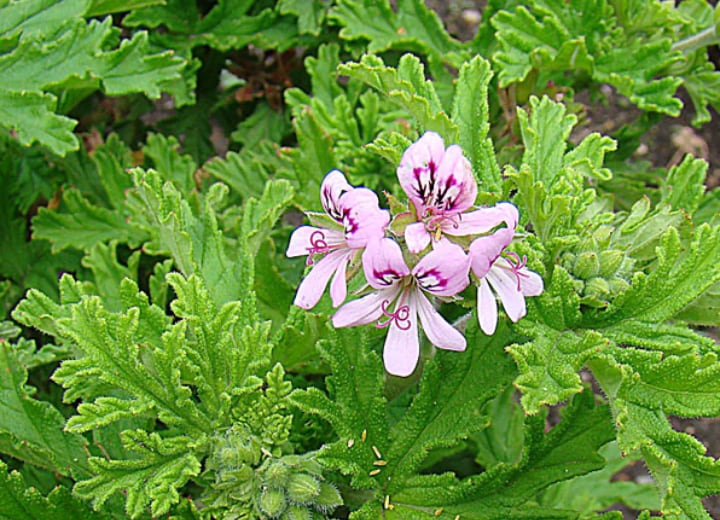
Good to know: This plant is vase-worthy and can be used as a table centerpiece. Gift citronella plant bouquets to your loved ones as a symbol of friendship or wishes for their well-being.
Does the Citronella Plant Repel Mosquitoes?
Citronella plants are nicknamed as the mosquito plant, so they should typically repel mosquitoes, right? Unfortunately, that’s not entirely the case.
When the leaves of this plant are crushed, they do release minute amounts of citronella oil that has insect-repellent properties.
But the amount of oil released isn’t enough to keep away those pesky mosquitoes. Only after the oil is extracted and distilled does it work as a repellent.
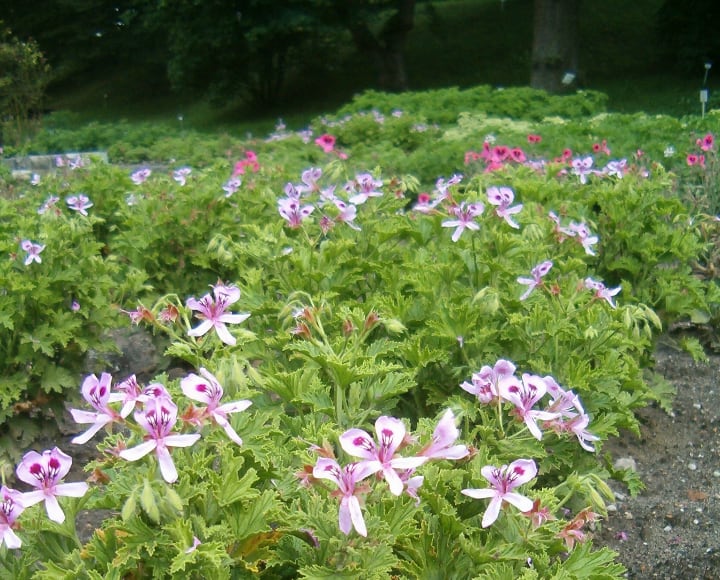
The Bottom Line: So don’t expect a mosquito-free garden picnic just because you planted some citronella plants. That’s not to say you shouldn’t grow them in your garden. They are low-maintenance and delightful to look at. Plus, you can always enjoy their fragrance.
Benefits of Citronella Plant
Citronella is a great plant to have around. And although it will not effectively repel mosquitoes, there are several benefits of having it in your garden.
Low-Maintenance
Even if you don’t have a green thumb, citronella plants are easy to grow. They have basic water and light needs.
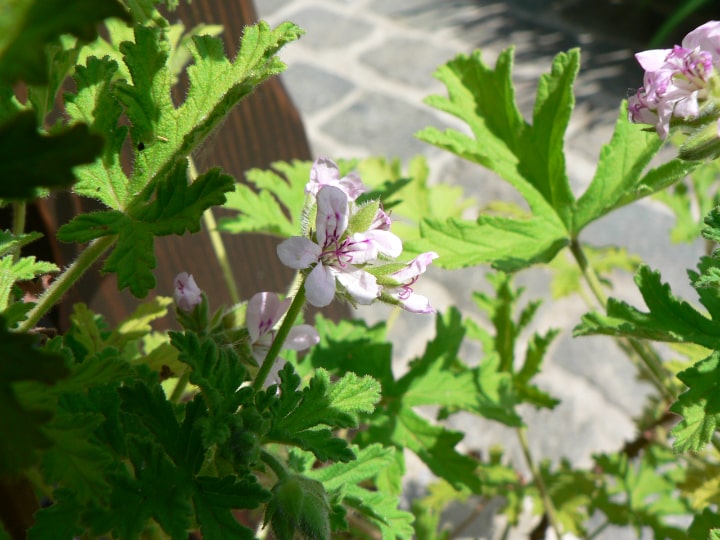
With their bright blooms and rich green foliage, they will make your porch railings or window boxes stand out.
Fragrance Boosters
The lemony aroma of citronella plants is very satisfying. Grow them in your garden to enjoy their fresh fragrance or add their cuttings in a vase to make the indoors smell great.
Decorative Pieces
Snip colorful blooms from the citronella plant and use them as a table centerpiece. The plants also make great additions to garden bouquets.
Indoor Plants
Citronellas are ideal for use as houseplants. Bring in the potted plants to protect them from spring frost. Plus, a little greenery indoors will enhance your home decor.
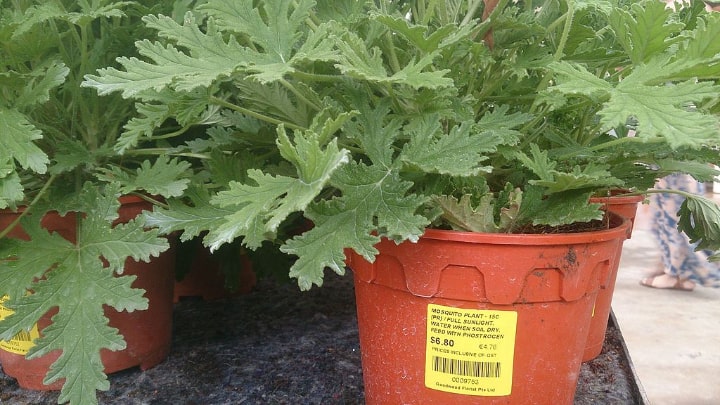
Citronella Plant Uses
Citronella plants are renowned for their scent and have a history of use around the world. The minute amounts of citronella oil in the plant’s foliage, if extracted properly, have several uses, from medicine to perfumery. Let’s take a look together at some of the plant’s key uses.
Perfumery
Owing to its aromatic foliage, the citronella plant was originally extracted to make perfumes. Its citrusy fragrance is both pleasant and refreshing.

Tip: You can simply rub its leaves on your skin to release its fragrance.
Culinary
The dried leaves and petals of the scented geraniums can be used to make herbal teas. You can also take a few leaves of the plant to flavor your cakes and jellies.
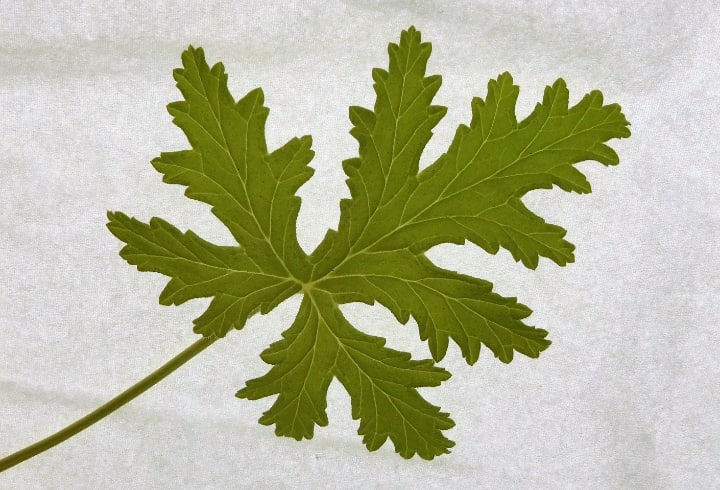
Tip: Use fresh leaves of the lemon-scented plant in salads, soups, and sauces.
Insect Repellants
Citronella plants have repellant properties. Note that the plant itself may not repel mosquitoes or other insects, but its crushed leaves or oil work well as a repellent.
As you probably know already, many people use citronella candles, incense, and sprays as natural insect deterrents.
You can also make your own DIY citronella plant mosquito spray. Here’s how.
Medicinal
The oil extracted from the citronella plant is believed to have antibacterial and antiseptic properties. In folk medicine, it was used to cure muscle spasms, increase appetite, and heal wounds.
Cosmetics
Thanks to the plant’s fresh aroma, it’s widely used in the cosmetic industry to aromatize soaps, moisturizers, detergents, and lotions.

Aromatherapy
Citronella plant has a reputation as a relaxant in aromatherapy.
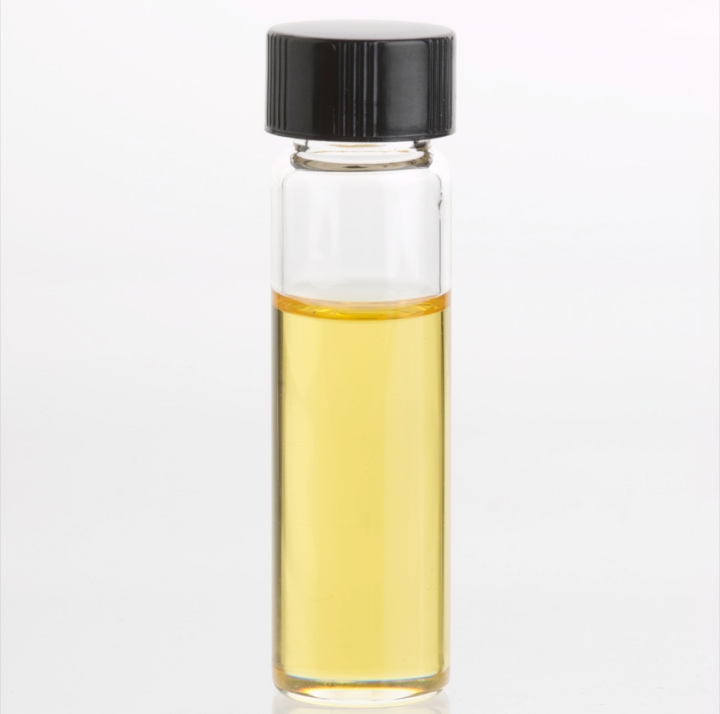
It helps eliminate fatigue, alleviate headaches, and boost energy levels. You can get started by using theessential oil or the crushed leaves of the plant.
How to Grow the Citronella Plant in Your Garden
Citronella plants are easy to grow and will make a great addition to any garden. Grow them once the winter frost has passed so you’ll have mature plants before summer.
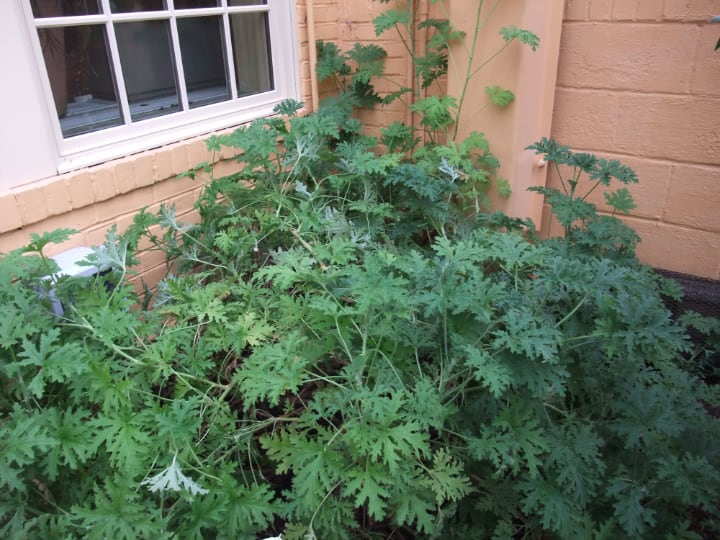
Here are the key steps to growing citronella plants outdoors.
- Look for a planting area that receives 6 to 8 hours of full or partial sunlight.
- Choose a moderately rich, well-drained soil.
- Space your citronella plants 18 to 24 inches apart so they have enough room to spread.
- Check soil moisture frequently and water when the top layer becomes dry.
How to Grow Citronella Plant from Cutting
Citronella splits easily to make more plants. In late summer, you’ll find plenty of stout softwood for cuttings. Here’s how to propagate citronella plants from cuttings.
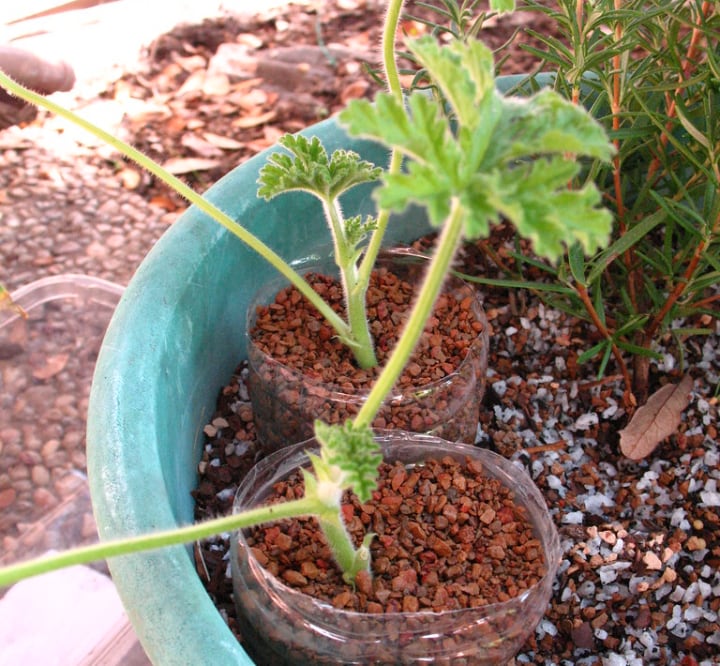
Step 1 – Make the Cut
Cut 3 to 5 inches off the tip of a healthy mother plant.
Step 2 – Trim the Stem
Remove all but the top two or three leaves from the stem.
Step 3 – Use Rooting Hormone
Dip the end of the stem in a rooting hormone and then insert it in a pot filled with a rich planting mix.
Step 4 – Moisten the Cuttings
Sprinkle your cuttings with water to moisten them.
Step 5 – Place Them Right
Keep them in a bright, warm area. In a week or so, your seeds will begin sprouting.
Have you used rooting hormone before? Here are some recommendations.
How to Grow Citronella Plant from Seeds
Growing citronella plants with seedlings demands utmost care and patience. The best time to begin sowing is in spring when the temperature is between 13 to 18°C.
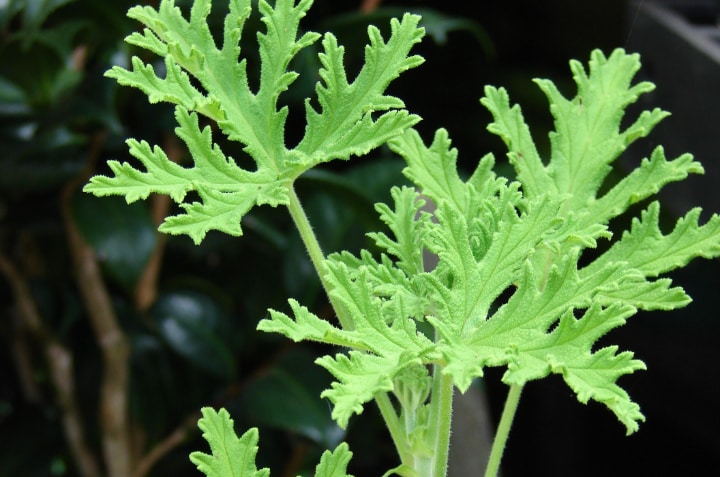
Follow the next steps to grow citronella plants from seeds.
- Choose a container at least 2 to 3 inches deep and fill it with thin potting soil.
- Bury the seeds one by one. Make sure to space them about 2 inches cm apart, so they have enough space to grow.
- Moisten them gently with a sprayer and place them under indirect sunlight.
- Cover the container with a wet paper or a plastic dome to speed up germination.
How to Grow Citronella Plant Indoors
Give them proper care and citronellas will make great indoor flowering plants. Plus, inviting them indoors is one of the best strategies to ensure that they survive the winter frost.
So, what should you know if you plan to grow citronella plants indoors?
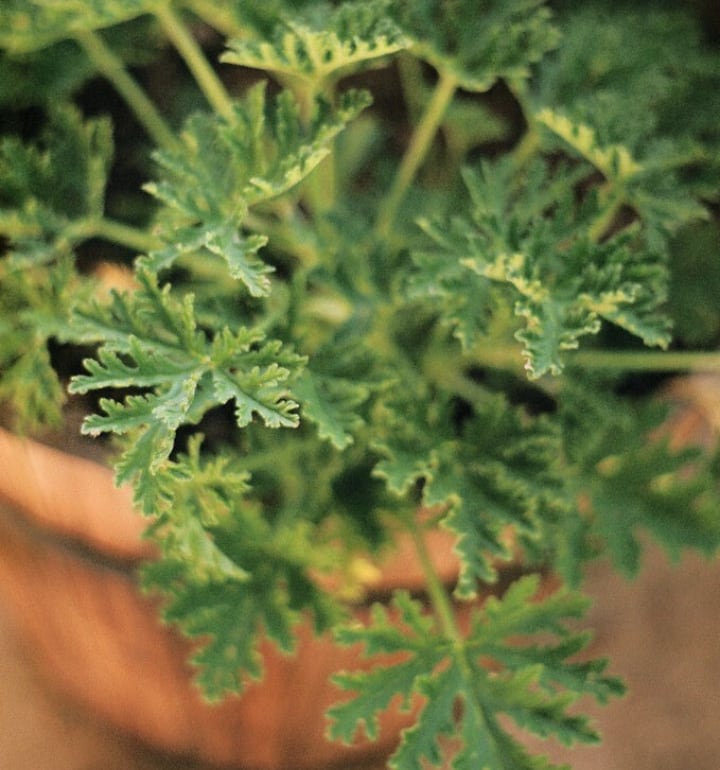
- Select a container that is at least 8 to 12 inches wide and deep for the plants to grow. Ensure that it has a drainage hole to prevent root rot.
- Fill half the container with high-quality potting soil.
- Place the citronella plant in the container and then fill in soil around the root ball.
- Water the soil to keep it moist.
- Place the plant in an area that receives full or partial sunlight.
Caring for Citronella Plant
Citronella plant care requires minimal effort. And even though the plant may not actually repel mosquitos, it makes an excellent landscape or container plant.
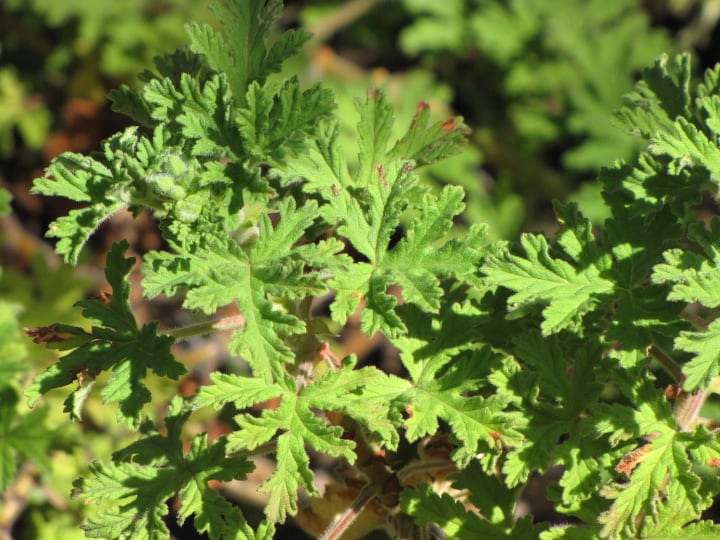
Take these tips into account and you’ll have a thriving citronella on your hands throughout the year.
Light
Citronella plants do well in full sun, though they can tolerate partial shade. Grow them in an area that receives six to eight hours of full sun each day.
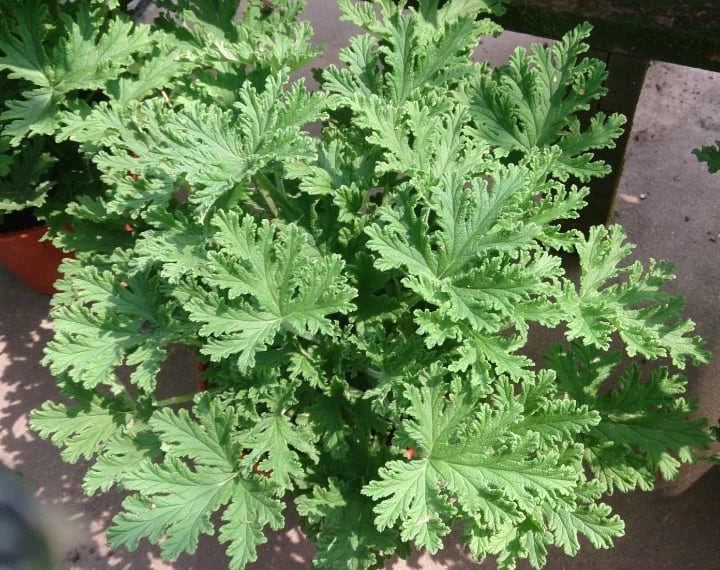
In winters, if the outdoor temperatures are below freezing, bring the plants indoors. Place them in a sunny window or under a grow light.
Tip: If your plant begins to stretch and fall over, know that it isn’t receiving enough sunlight.
Soil
These plants aren’t very choosy when it comes to soil. They can do well in moderately fertile, neutral, or alkaline soil as long as it is well-drained. If you’re new to gardening, you may want to read about the different types of soil.
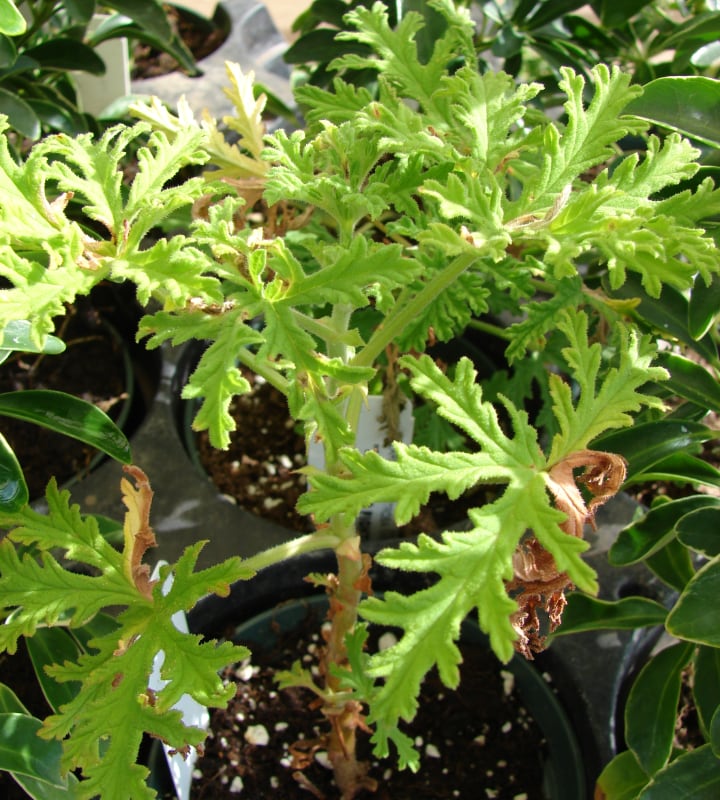
Temperature
Citronella plants are frost-tender—they cannot tolerate damp and cold winters. Even a well-established plant will die due to frost. The optimal temperature for your plant is between 15 to 21°C.
Tip: You’ll want to bring your plants indoors when the temperature starts to dip during winters.
Water
Water your citronella plant when the top inch of the soil dries out. The plant is relatively tolerant of summer stress. When indoors, water thoroughly when the soil dries instead of watering a little bit every day.
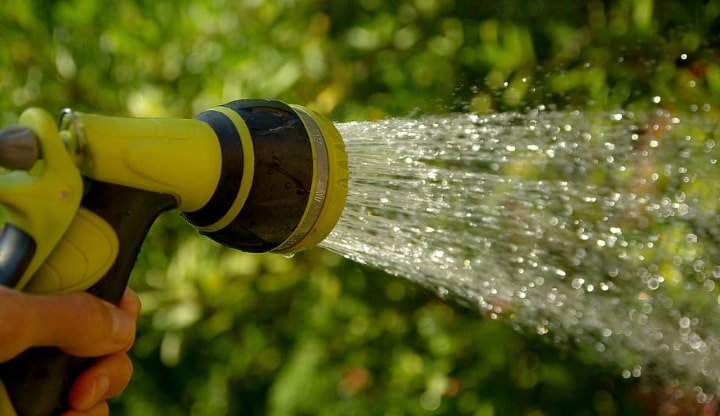
Tip: Water the soil around the plant to prevent water damage to the leaves.
Fertilizer
Fertilize your citronella plant with a nitrogen-rich houseplant fertilizer every spring. Using a potting mix of garden soil, perlite, and peat moss can also ensure ideal growth.
Warning: Avoid using too much fertilizer. It will leave your plant smelling less than fragrant.
Pruning and Pinching
Citronella plants grow pretty fast and tend to get woody as they age. So don’t be afraid to trim them. Pruning will encourage a bushy appearance and your plant will quickly flush with new growth.
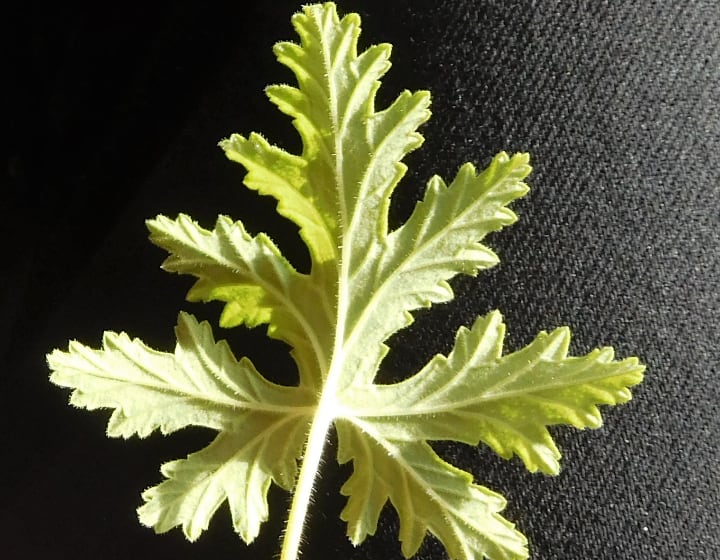
Tip: Pinch off yellowing and dead leaves to encourage growth.
Pests & Disease
Because of their scent and thick leaves, citronella plants don’t have a lot of pest problems or diseases. Simply use a pesticide to control red spider mites and whiteflies, should they appear.
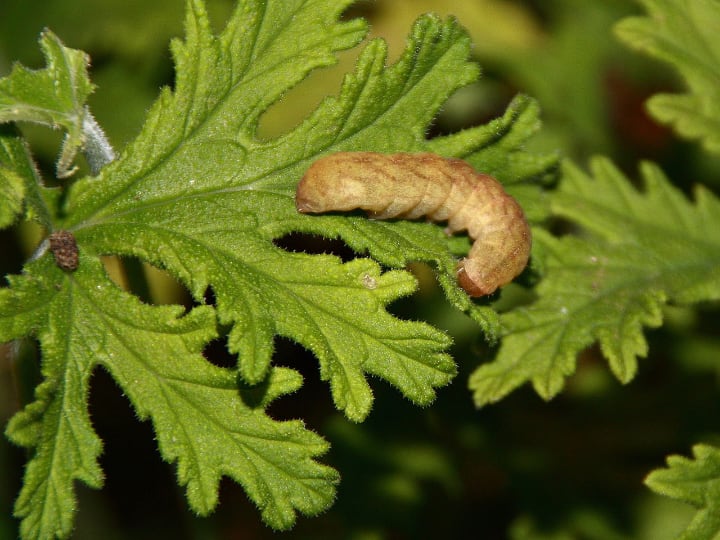
Tip: Ensure that the soil or leaves don’t stay wet. Your plant may otherwise suffer bacterial leaf spot, gray mold, or blossom blight.
Citronella Plants for Sale
A garden ornamental, citronellas come in all shades of pink—from lavender to magenta. They give off a pleasant lemony scent you’re sure to love.
They can instantly add life to your yard, patio, or front porch, wherever you choose to plant them. They are not the kind of plants that can leave you indifferent!
These scented geraniums are quick growers. Before buying them, make sure you have enough garden space for them to spread out and thrive. If you choose to buy them for your indoors, plant them in a large pot.
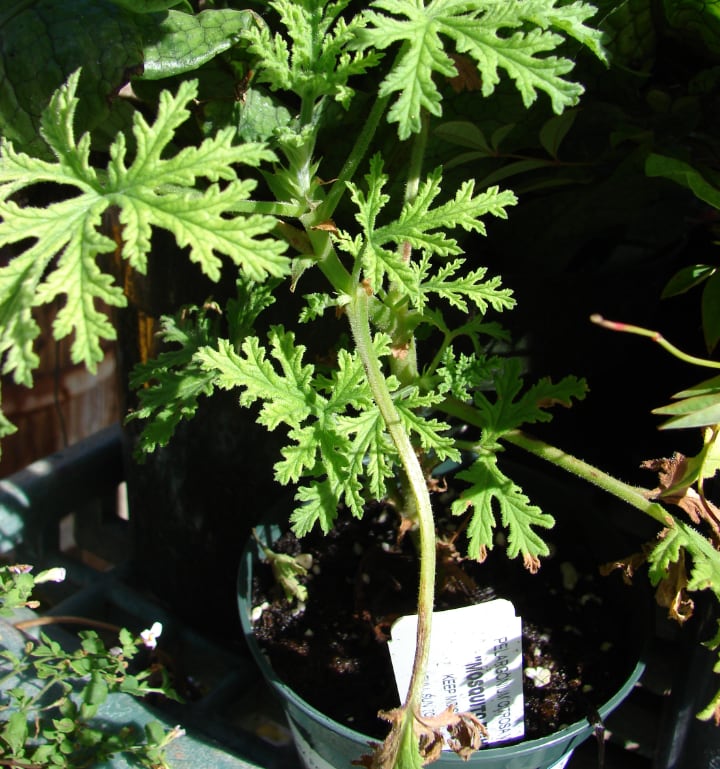
You can also buy citronella plants off Amazon or Etsy, both of which will deliver them to your doorstep, no matter where you live.
Important: If your plants seem droopy after shipping, give them some water and put them under indirect sunlight right away. The plants will bounce back in a day or two.
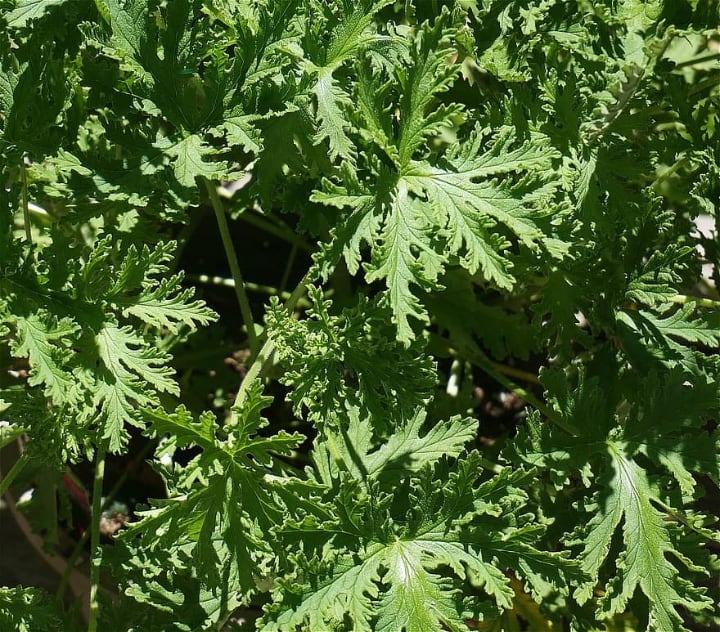
At the end of the day, getting started with citronella plants is easy. And even though they may not actually repel mosquitoes, they are an inspired choice for both indoors and outdoors.
Citronella Plant Commonly Asked Questions
We hear a lot of questions about the citronella plant and thought we might as well mention the most frequent of them. Discover the answers below.
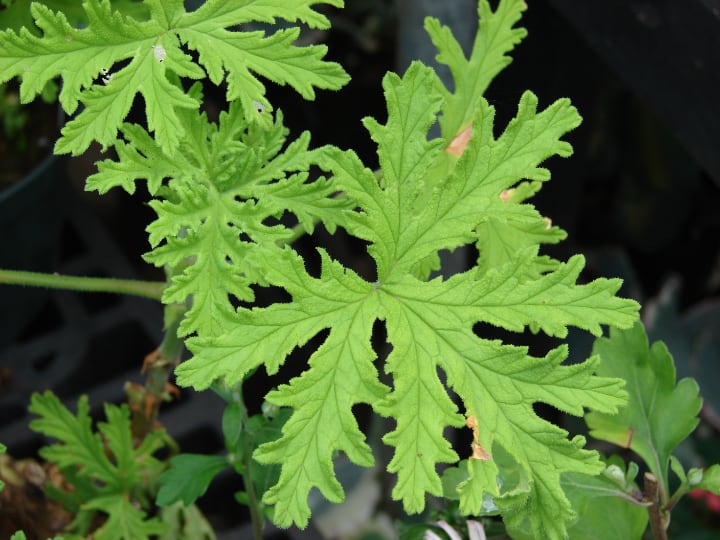
Do citronella plants work against mosquitoes?
Though nicknamed mosquito plants, citronella plants won’t do much to keep mosquitos at bay. So, don’t rely on the plant to ward off the blood-suckers from your garden. However, the plant does yield an oil that can act as a mosquito repellant.
Does citronella grow back every year?
Citronella plant is an evergreen perennial in USDA planting zones 9 to 11. In other zones, the plant is either left outdoors and grown as an annual or dug up and taken inside before the first frost. Learn more about citronellas.
Do citronella plants need full sun?
Citronella plants love full sun, but they can also tolerate some partial shade. Give them 6 to 7 hours of sunlight every day and watch them thrive. If you bring your plants indoors during the winter months, give them a sunny spot near a window.
Is citronella and lemongrass the same?
Citronella grass (Cymbopogon nardus), and not citronella plant (Pelargonium citrosum), is quite similar to lemongrass (Cymbopogon citratus). Both are cousins in nature—they look alike and grow the same way. If you want to differentiate between the two, note that citronella grass is reddish-green while lemongrass is light green.
Citronella: A Common Plant with Uncommon Benefits
Citronellas are one of the most popular plants out there. Keep them well-watered, show them plenty of sunlight, prune them occasionally, and the plants will live happily.
They make excellent garden or container plants and add color and fragrance to any space. Most importantly, they come with plenty of benefits.
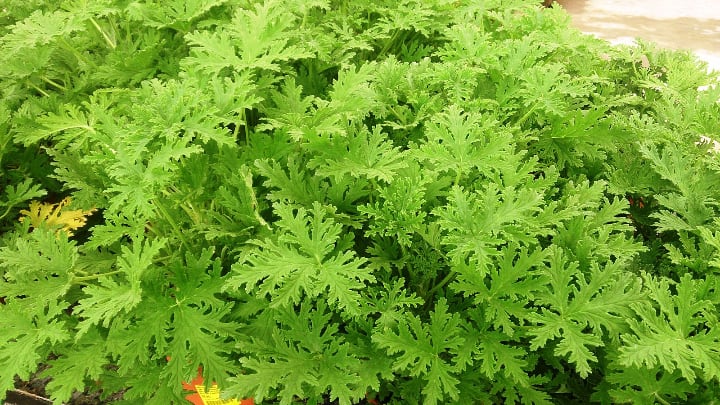
Use the leaves of the citronella plant to naturally flavor teas, jellies, cakes, and salads. Or buy citronella candles and essential oil for aromatherapy.
Citronella sprays and sticks are popular as insect repellants. Plus, the oil of the plant is a common ingredient in toiletries and perfumes.
Grow citronellas in your garden to reap some of these benefits or make your own DIY citronella sprays, candles, or oils.
While you’re at it, make sure to explore our articles on oil uses and their benefits. Oils are some of the most potent substances in nature!

Leave a Reply